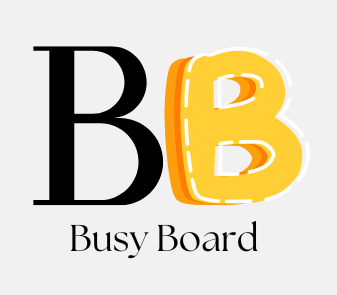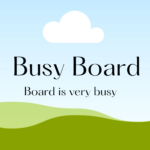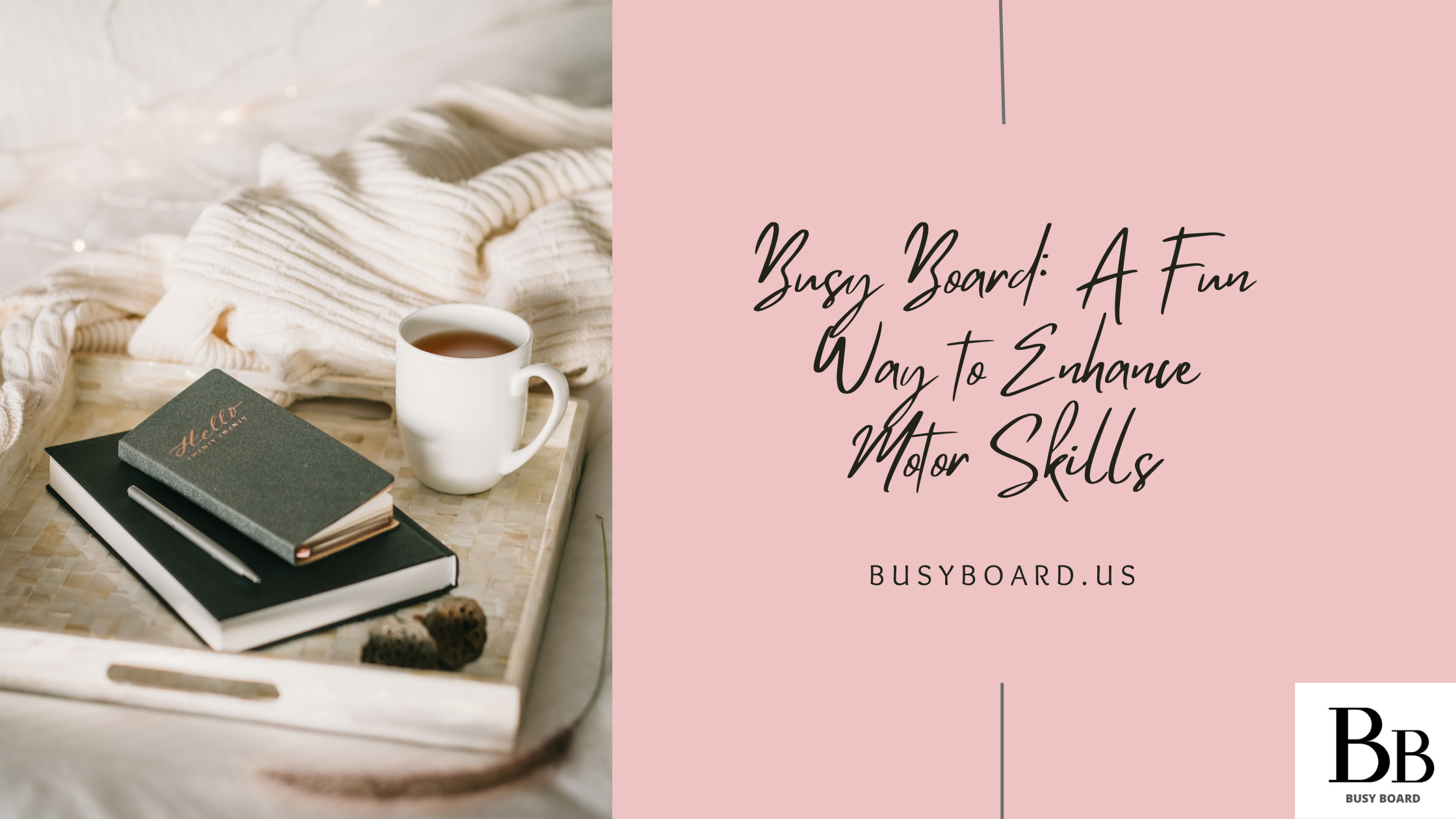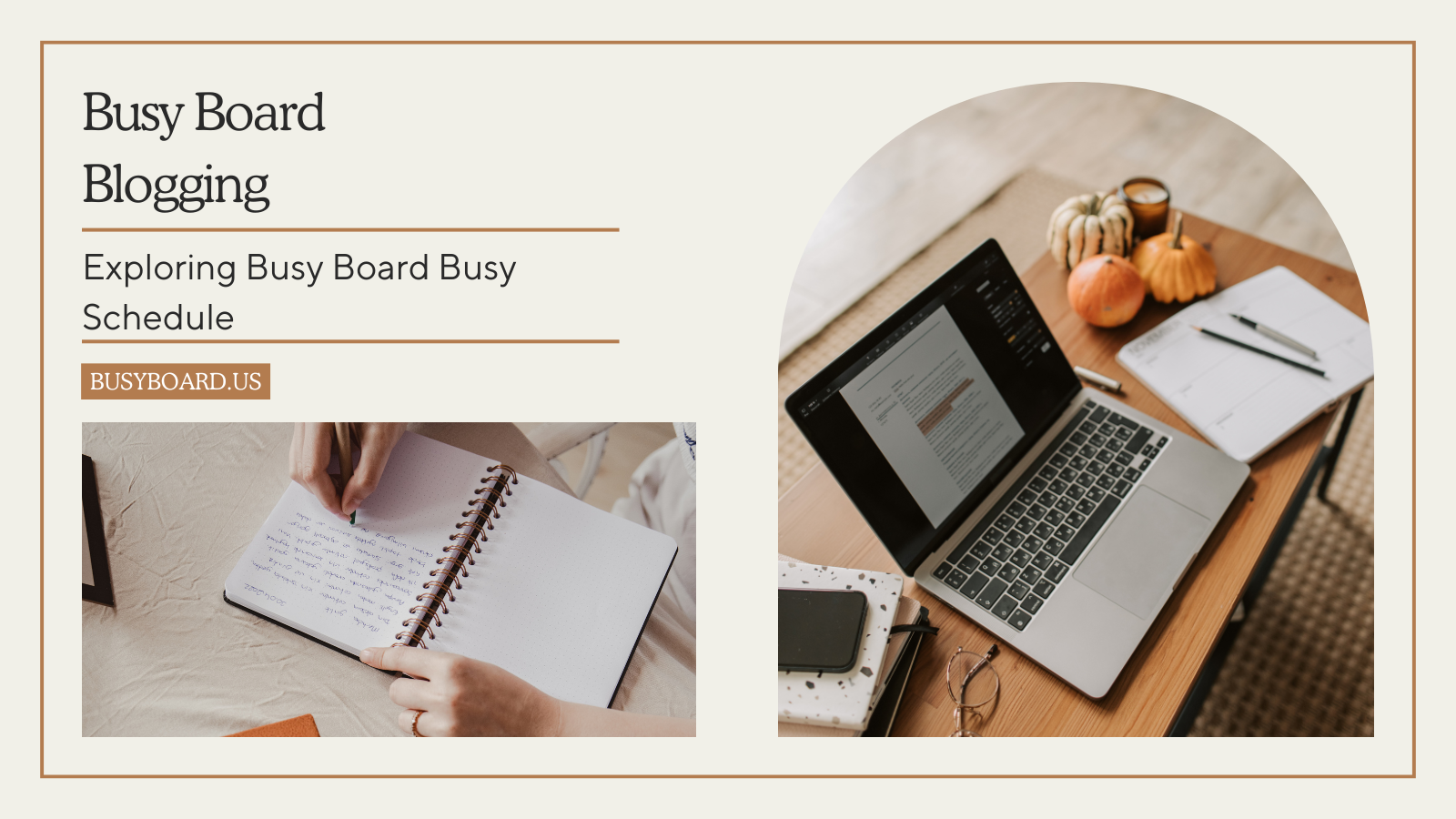Busy board, additionally known as sensory forums or activity boards, are popular equipment for developing quality motor abilities, cognitive talents, and sensory exploration in younger kids. While those enticing forums offer several developmental benefits, ensuring their safety is paramount. This article provides comprehensive safety tips for parents and caregivers to create and use busy boards effectively and safely.
Understanding Busy Boards
What is a Busy Board?
A busy board is a board ready with various sensory and interactive elements like locks, latches, knobs, buttons, and more. It is designed to stimulate a baby’s curiosity and gain knowledge of hands-on sports.
Benefits of Busy Boards
- Fine Motor Skills: Helps children develop hand-eye coordination and dexterity.
- Cognitive Development: Encourages problem-solving and critical thinking.
- Sensory Exploration: Provides tactile, visual, and auditory stimulation.
Safety Tips for Creating a Busy Board
Choosing Safe Materials
- Non-toxic Paints and Finishes: Use water-based, non-toxic paints and finishes to ensure there are no harmful chemicals.
- Smooth Edges: Sand all edges to prevent splinters or cuts.
- Sturdy Construction: Use durable materials that can withstand pulling and twisting.
Selecting Safe Components
- Age-appropriate Items: Avoid small parts that can pose a choking hazard for younger children.
- Secure Attachments: Ensure all items are securely fastened to the board to prevent them from becoming loose.
- Non-hazardous Elements: Avoid using sharp objects, small batteries, or anything that could cause injury.
Proper Assembly
- Reinforced Backing: Use a strong backing material to prevent the board from breaking or bending.
- Secure Mounting: If mounting on a wall, ensure it is securely fastened and at an appropriate height for the child.
- Regular Maintenance: Check regularly for wear and tear and fix or replace damaged components immediately.
Safety Tips for Using a Busy Board
Supervision
- Constant Monitoring: Always supervise children while they are playing with the busy board to ensure they are using it safely.
- Teach Safe Use: Guide children on how to use the board properly and explain any potential dangers.
Placement
- Stable Surface: Place the busy board on a stable, flat surface to prevent it from tipping over.
- Safe Area: Ensure the area around the busy board is free from hazards like sharp edges or hard surfaces.
Age Appropriateness
- Tailored Complexity: Choose or design a busy board that matches the child’s developmental stage and abilities.
- Adjust Over Time: As children grow, modify the busy board to keep it challenging yet safe.
Common Busy Board Hazards and How to Avoid Them
Choking Hazards
- Avoid Small Parts: Ensure no part of the busy board can fit into a child’s mouth.
- Regular Inspection: Check that all components remain securely attached.
Sharp Edges and Points
- Smooth All Edges: Sand down all rough edges and corners.
- Inspect Accessories: Ensure all added elements are free of sharp points or edges.
Toxic Materials
- Use Safe Products: Always opt for child-safe, non-toxic materials.
- Check Labels: Verify that all products used are certified safe for children.
Strangulation Risks
- Avoid Long Cords: Do not include strings or cords longer than six inches.
- Secure Loose Ends: Make sure any potential loop able items are tightly secured and cannot be wrapped around the neck.
Maintaining a Safe Busy Board
Regular Cleaning
- Hygiene: Clean the busy board regularly to remove dust and germs.
- Safe Cleaners: Use non-toxic cleaning products that are safe for children.
Periodic Inspections
- Wear and Tear: Inspect the busy forums regularly for any signs of wear and tear.
- Prompt Repairs: Address any damage immediately to maintain safety.
Adapting to Growth
- Evolving Needs: Modify the busy board as your child grows to match their evolving skills and interests.
- Ongoing Safety: Ensure that any modifications continue to meet safety standards.
Conclusion
Busy boards are remarkable instructional gear that provide several benefits for younger children. However, protection should usually be the pinnacle priority. By cautiously selecting materials, ensuring right assembly, supervising use, and undertaking ordinary protection, dad and mom and caregivers can create a safe and tasty surroundings for children to study and play. Following those protection recommendations will maximize the advantages of busy forums even as minimizing any ability risks.













